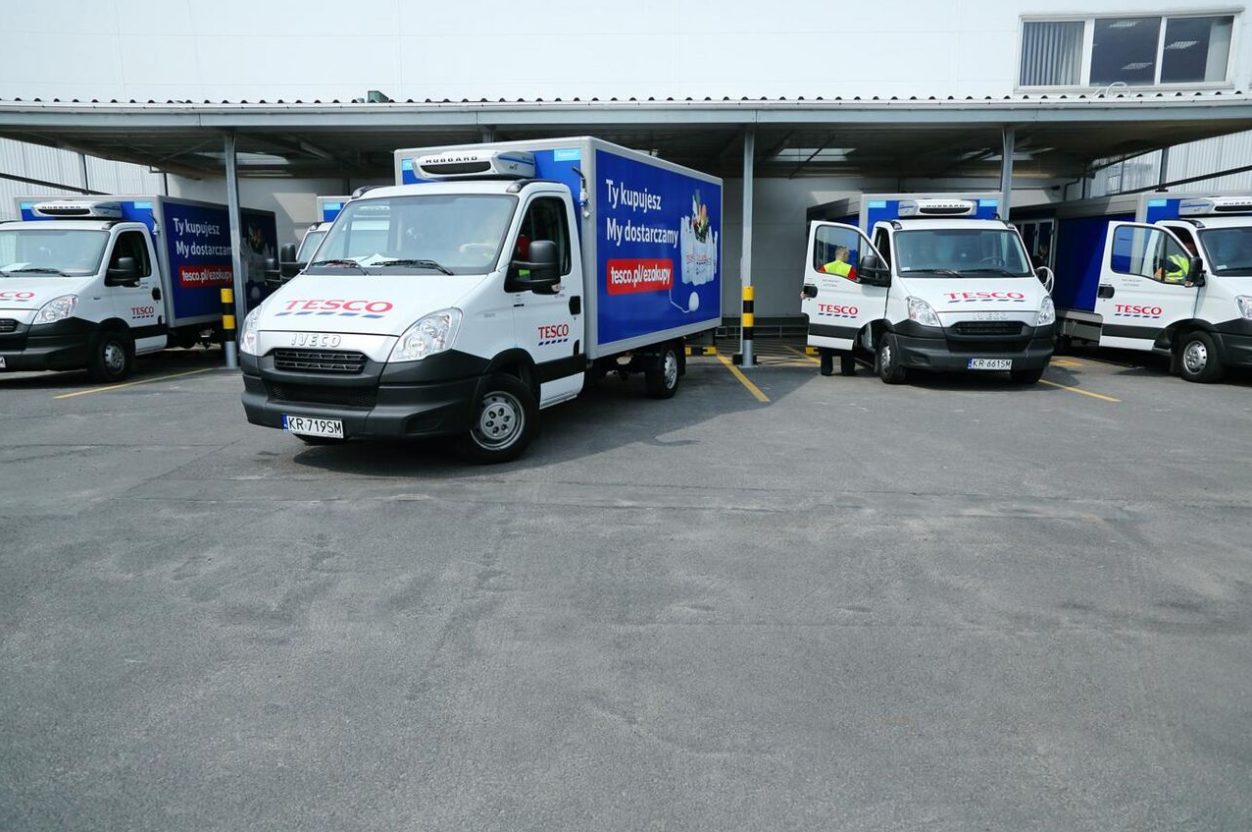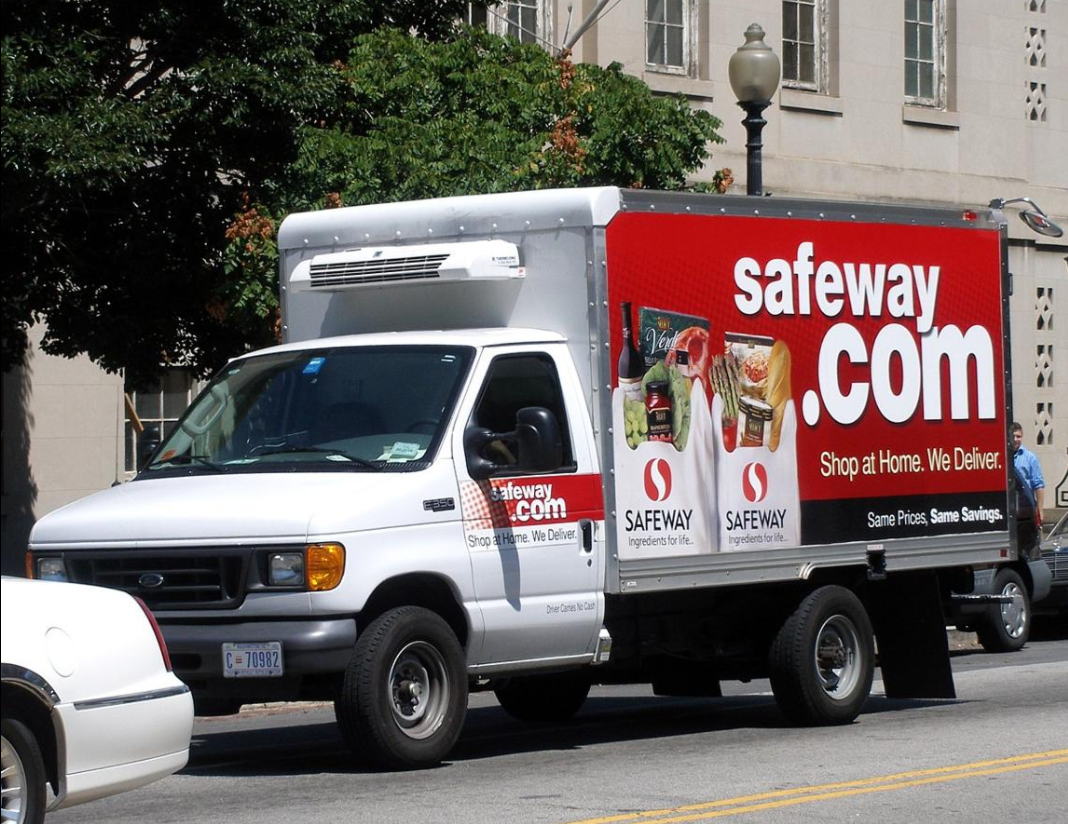
| Version | Summary | Created by | Modification | Content Size | Created at | Operation |
|---|---|---|---|---|---|---|
| 1 | Vivi Li | -- | 1377 | 2022-11-21 01:39:00 |
Video Upload Options
Bricks and clicks (aka clicks and bricks; click and mortar; bricks, clicks and flips; Womble Store Method (WSM); or WAMBAM ('Web Application Meets Bricks and Mortar') is a jargon term for a business model by which a company integrates both offline (bricks) and online (clicks) presences, sometimes with the third extra flips (physical catalogs). Additionally, many will also offer telephone ordering and mobile phone apps, or at least provide telephone sales support. The advent of mobile web has made businesses operating bricks and clicks businesses especially popular, because it means customers can do tasks like shopping when they have spare time and do not have to be at a computer. Many of these users prefer to use mobile shopping sites. A popular example of the bricks and clicks model is when a chain of stores allows the customer to order products either online or physically in one of their stores, also allowing them to either pick-up their order directly at a local branch of the store or get it delivered to their home. There are many alternative combinations of this model. The success of the model in many sectors has lessened the credibility of some analysts who argued that the Internet would render traditional retailers obsolete through disintermediation.
1. History

One of the first known purchases from a company arguably operating a bricks and clicks business model was a Pizza Hut pizza ordered over the internet in 1994.[2] The great surge in adoption of the bricks and clicks model came around 2000, with large retailers such as Wal Mart starting websites that allow users to browse the same goods they would find in store from the comfort of their homes.[3]
2. Advantages
2.1. For Firms

The bricks and clicks model has typically been used by traditional retailers who have extensive logistics and supply chains, but are well known and often respected for their traditional physical presence. Part of the reason for its success is that it is far easier for a traditional retailer to establish an online presence than it is for a start-up company to employ a successful purely online one, or for an online only retailer to establish a traditional presence, including a strong and well recognised brand, without having a large marketing budget.[4] It can also be said that adoption of a bricks and clicks model where a customer can return items to a brick and mortar store can reduce wasted costs to a business such as shipping for undelivered and returned items that would traditionally be incurred.[5]
2.2. For Consumers
A bricks and clicks business model can benefit various members of a customer base. For example, supermarkets often have different customer types requiring alternative shopping options; one group may wish to see the goods directly before purchase and like the convenience of quickly shopping on-the-fly, while another group may require a different convenience of shopping online and getting the order delivered when it suits them, having a bricks and clicks model means both customer groups are satisfied. Other previously online-only retailers have stated that they have found benefit in adding a brick-and-mortar presence to their online-only business, as customers can physically see and test products before purchase as well as get advice and support on any purchases they have made.[6] Additionally, consumers are likely to feel safer and have more confidence using a bricks-and-clicks business if they already know the brand from a brick-and-mortar store.[7]
3. Disadvantages
3.1. For Firms
A major factor in the success or failure of this business model is in the control of costs, as usually maintaining a physical presence —paying for many physical store premises and their staffing— requires larger capital expenditure which online only businesses do not usually have. Conversely, a business selling more luxurious, often expensive, or only occasionally purchased products —like cars— may find sales are more common with a physical presence, due to the more considered nature of the purchasing decision, though they may still offer online product information. However, some car manufacturers such as Dacia have introduced online configurators that allow a customer to configure and order complete cars online, only going to a dealership to collect the completed car,[8] which has proven popular with customers.[9]
"On the other hand, an online-only service can remain a best-in-class operation because its executives focus on just the online business." It has been argued that a bricks and clicks business model is more difficult to implement than an online only model.[10] In the future, the bricks and clicks model may be more successful, but in 2010 some online only businesses grew at a staggering 30%, while some bricks and clicks businesses grew at a paltry 3%.[11] The key factor for a bricks and clicks business model to be successful "will, to a large extent, be determined by a company’s ability to manage the trade-offs between separation and integration" of their retail and online businesses.[12]
3.2. For Consumers
- Some argue that online shopping, which makes price comparison easier for customers, encourages a 'race-to-the-bottom', where retailers only compete on price, with quality and service deteriorating as a result.[13] This is especially prevalent when comparison shopping websites such as mySupermarket allow prices to be compared without even visiting a retailer's website.[14]
- The prices listed online may not match the prices listed offline. The reasons for this include mis-management, and economics (overhead cost of an online purchase and an offline purchase is different). This may result in confusion and deviations of expectations for the buyers.[15]
- Buyers may end up buying more items than they need, because online businesses are able to show them more items, more promotions, and more advertisements.
4. Legislation
An advantage to the consumer and a potential disadvantage to businesses is that by adopting a bricks and clicks business model and allowing customers to purchase goods or services remotely, it is legislated in many jurisdictions that consumers are granted more rights to protect them. In the UK, for example, any goods purchased from a bricks and clicks business over a 'click and collect' service would allow the buyer protection under the Consumer Protection (Distance Selling) Regulations 2000, namely the right to return a product or cancel a service within 14 days of purchase for a full refund.[16] Similar rights are afforded to EU Residents, who gain protection under European Directive 97/7/EC. In the USA, the Federal Trade Commission legislate specifically over how a distance sale should be conducted and the rights that a consumer has, namely a '3 day' rule allowing items ordered over the web to be returned within three days.[17]
An example of a retailer falling foul of this legislation is British clothing retailer Next, who were found to be breaking the laws by only allowing a customer to return goods that they had ordered if they paid return postage costs.[18]
5. Notable Examples
In the UK, the method is known as "Click and Collect". This term was invented by British retailer Argos who already offered "Ring and Reserve" and "Text and Take Home" offerings for telephone and SMS ordering respectively, where goods would be held so the customer would pay in store. As these existing services used alliterations for their name, they needed a name for their online ordering proposition and came up with Click and Collect.
British retailer John Lewis has found success in adopting a bricks and clicks business model, with the online ordering service outperforming brick and mortar sales for several years running.[19] Online auction website eBay have also launched a scheme in cooperation with catalogue shop Argos that allows goods sold by third parties to be collected in a brick-and-mortar location, which allows the customer to collect goods at their convenience rather than wait at home for a delivery company.[20]
In 2013, music retailer HMV went into administration despite having operated both brick-and-mortar stores and an online presence.[21] This was put down by many to the high overheads of operating the brick-and-mortar side of the business making HMV unable to compete with pure-clicks retailers such as Amazon.com.[22]
References
- "What is Tesco.com?". Archived from the original on 8 October 2014. https://web.archive.org/web/20141008095044/http://dotcom.tesco-careers.com/page.cfm/content/What-is-Tescocom. Retrieved 22 October 2014.
- Webley, Kayla. "A Brief History of Online Shopping". http://content.time.com/time/business/article/0,8599,2004089,00.html. Retrieved 19 October 2014.
- "Our History". http://corporate.walmart.com/our-story/history/history-timeline. Retrieved 16 August 2016.
- Mahar, Stephen; Wright, P. Daniel; Bretthauer, Kurt M.; Hill, Ronald Paul. "Optimizing marketer costs and consumer benefits across "clicks" and "bricks"". https://link.springer.com/article/10.1007/s11747-014-0367-8. Retrieved 17 October 2014.
- "Mixing bricks with clicks". https://www.economist.com/news/business/21574018-some-online-retailers-are-venturing-high-street-mixing-bricks-clicks. Retrieved 16 October 2014.
- Baker, Lindsay. "Online retailers move into bricks and mortar stores". https://www.bbc.co.uk/news/business-24728406. Retrieved 17 October 2014.
- Buckley, Neil. "Internet shopping - the sequel". http://www.ft.com/cms/s/1/ae3acbbe-4166-11d9-9dd8-00000e2511c8.html#axzz3Grhrfuoz. Retrieved 22 October 2014.
- "Order A Dacia Online". https://www.dacia.co.uk/dacia-store/. Retrieved 17 October 2014.
- Watson, Tim. "Dacia Duster £100 deposit deal". http://www.autoexpress.co.uk/car-news/35495/dacia-duster-100-deposit-deal. Retrieved 17 October 2014.
- Stross, Randall (18 September 2010). "Netflix Is Beating Blockbuster With Clicks, Not Bricks". The New York Times. https://www.nytimes.com/2010/09/19/business/19digi.html.
- http://www.rfidjournal.com/article/view/8154/1
- Gulati, Ranjay; Jason Garino (May–June 2000). "Get the Right Mix of Bricks and Clicks". Harvard Business Review: 107–114.
- Reilly, Patrick. "Ending Retail’s Race to the Bottom". http://blogs.pb.com/digital-insights/2014/09/08/ending-retails-race-to-the-bottom/. Retrieved 22 October 2014.
- "About Us". http://www.mysupermarket.co.uk/Content/AboutUs. Retrieved 22 October 2014.
- Stern, Joanna. "Buyer Beware: A Store's Website May Be Much Better Bargain". http://abcnews.go.com/Technology/store-buyers-beware-check-stores-website-fork-plastic/story?id=17821888. Retrieved 22 October 2014.
- "Online and distance selling for businesses". https://www.gov.uk/online-and-distance-selling-for-businesses/overview. Retrieved 20 October 2014.
- "3-Day Cooling Off Rule". http://www.usa.gov/topics/consumer/smart-shopping/home-shopping/3day-rule.shtml. Retrieved 20 October 2014.
- Streeter, Susannah. "Next breaks refund rules for online deliveries". https://www.bbc.co.uk/news/10560466. Retrieved 22 October 2014.
- Vizard, Sarah. "John Lewis credits ‘bricks and clicks’ success for ‘decisive’ market share gain". http://www.marketingweek.co.uk/sectors/retail/john-lewis-credits-bricks-and-clicks-success-for-decisive-market-share-gain/4009343.article. Retrieved 16 October 2014.
- Mellor, Rachel. "eBay to offer a click and collect service using Argos". http://www.movehut.co.uk/news/ebay-to-offer-a-click-and-collect-service-using-argos-16844/. Retrieved 17 October 2014.
- "HMV music and film chain to appoint administrator". https://www.bbc.co.uk/news/business-21021073. Retrieved 26 October 2014.
- Hann, Michael. "HMV: 'Not too bad. But still not as cheap as Amazon'". https://www.theguardian.com/music/musicblog/2013/jan/15/hmv-enters-administration. Retrieved 26 October 2014.




